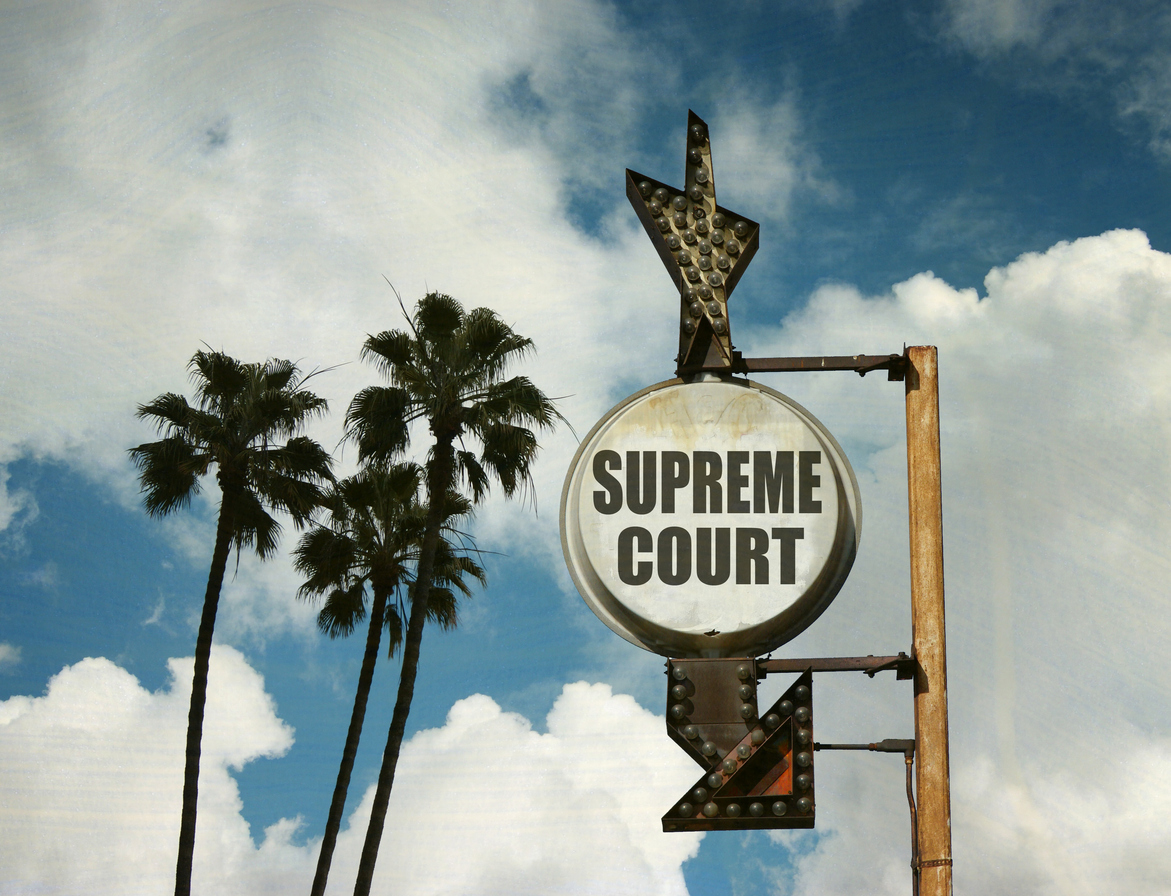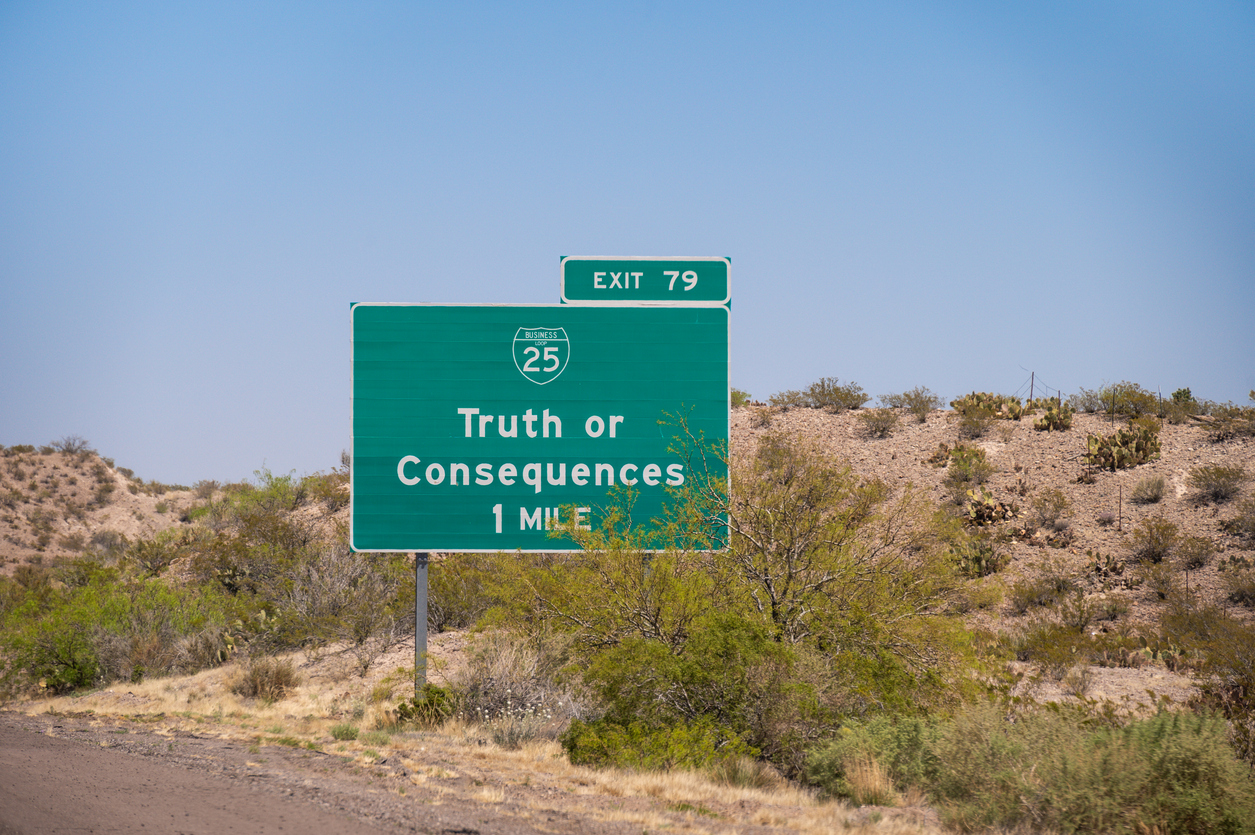
How can a home utterly devastated by a wildfire lead to a complex case where the personal property is lost? This intriguing question arose from a recent California case that initially left me perplexed.1 As I delved deeper into the case file, I realized it offered critical insights for both public adjusters and policyholders.
The foremost lesson is the imperative for policyholders to choose the right legal representation. This decision rests solely with the policyholder. When called upon for recommendations, public adjusters should base their suggestions on the lawyers’ proven track record and expertise. This point warrants emphasis because successfully navigating property insurance litigation is challenging, especially when faced with highly skilled insurance company attorneys who typically specialize in property insurance defense and rigorously challenge every aspect of the claim.
The court made this remark in a footnote about providing evidence:
Plaintiffs do argue that ‘[they] provided Defendants with all documents in their possession and requested of them’ and that they provided Defendants with a file sent to a ‘Fire Victim Trust,’ as discussed below. The problem with this argument is that Plaintiffs have not provided any evidence to the Court demonstrating the same.
Lawyers have to present facts to judges in a particular manner. In this case, the affidavits prepared by the policyholder lawyers concerning the accuracy of the inventory list, documents that were produced, and documents that do not exist were not sufficient as “evidence.”
Additional monies were potentially owed for the real property damage. Again, the lawyers merely filed an estimate without qualifying the contractor as an expert. So, there was no “evidence” that the court could rule on in favor of the policyholders because opinions can only come from experts.
A second lesson is that the personal property inventory submitted to the insurance company should be supported in every manner possible by the public adjuster. The insurance company and court went out of their way to emphasize that otherwise mundane inventory lists may require greater scrutiny. In this case, the insurance company pointed to another client of the public adjuster who had hundreds of the same contents listed the same way in another loss:
The judge’s finding notes the result:
During review of that list, it came to Defendant’s attention that another personal property estimate from a different unrelated property contained exact duplicates of hundreds of items contained in the Biegler estimate. Because Defendants considered this suspicious, they requested proof of loss for the personal items on Plaintiffs’ list prior to paying Plaintiffs any additional monies under Coverage C. Defendants were looking for evidence such as invoices or receipts, photographs, tax returns, or anything else that might establish ownership and possession of the property listed. Plaintiffs did not provide any evidence that any of the property claimed actually existed or was in their possession when the fire occurred.
… the Court has no trouble concluding that Plaintiffs are in material breach of the contract. Despite the foregoing obligations, Plaintiffs have not provided one iota of evidence to show that they owned anything listed on their 87-page personal property list. They have not provided one photograph from either before or after the fire. They have not provided one receipt. There are no bank statements. There is nothing. Even having suffered through a devastating fire, in this day and age, they should be able to provide something, even if just pictures of the debris….
… Given that the undisputed evidence before the Court shows that Plaintiffs provided no documentation to support their 87-page personal property valuation and provided very little in the way of documentation as to the cost of their dwelling rebuild, the Court concludes that Defendants were not obligated to pay anything additional to Plaintiffs under the policy.
There is an art to preparing a personal property claim. Public adjusters getting paid to adjust contents losses should learn how to do it right. Regarding the art of personal property adjusting, Alice Young has noted how she was mentored by her mother and was quoted by me in Alice Young—Public Adjuster Spotlight:
So many times, when people have a loss, they are at first only worried about the structure, building, or home. But there is so much money at stake regarding their lost and damaged contents. The probability of the contents claim recovery being reduced from what it should be is very high during the first few weeks following a loss. After the structure loss is handled, many people then grieve the loss of their personal belongings. By focusing on personal property loss from the beginning of a claim, we reduce stress and anxiety for the client later. For many people, they cannot properly grieve until they have had a chance to see their belongings listed on paper. We take a lot of pride helping people through this grieving process, and much of it has to do with contents loss.
In A Personal Property Loss Expert Is Born! Derek Chaiken Knocks It Out of The Park in California, I commented about the lack of emphasis often given to personal property adjustment:
Whether a policyholder is a business owner dealing with sophisticated personal property machinery or inventory losses or a residential policyholder who is dealing with extraordinarily expensive items of value, the truth is that most company and independent property insurance adjusters are taught relatively nothing about the adjustment of business or personal property losses. The vast majority of all claims training has to do with the cost to repair real property damage. Contents and inventory are very much second-class stepsisters and are often overlooked.
…
Contents claims adjusting is a hard and tedious job. Few insurance companies conduct a prompt investigation and evaluation of contents losses even though they may be evaluating the real property damage. It is probably the most ripe and overlooked arena for unfair claims practice conduct by insurance companies on typical claims.
Policyholders need to select public adjusters who view personal property adjustment as an art and just as important as the real property damage valuation.
Thought For The Day
Risk comes from not knowing what you’re doing.
—Warren Buffett
____________________________________
1 Biegler v. National Gen. Ins. Co., No. 2:22-cv-00560 (E.D. La. Dec. 13, 2023).




